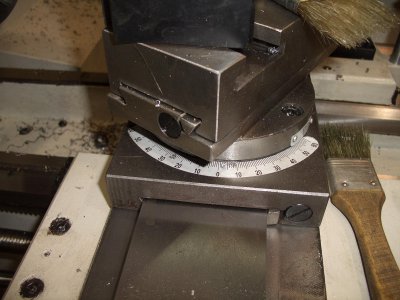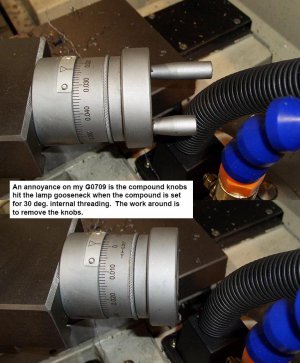"Davy's spelling
aluminum is consistent with the Latin naming of metals, which end in
-um, e.g.
aurum (gold),
argentum (silver),
ferrum (iron),
[114] naming newly discovered elements by replacing a
-a or
-ite suffix in the
oxide's name with
-um:
lanthanum was named for its oxide
lanthana,
magnesium for
magnesia,
tantalum for
tantalite,
molybdenum for
molybdenite (also known as
molybdena),
cerium for
ceria, and
thorium for
thoria, respectively. As aluminium's oxide is called
alumina, not
aluminia, the
-ium spelling does not follow this pattern. However, other newly discovered elements of the time had names with a
-ium suffix, such as potassium, sodium, calcium, and
strontium.
In 1812, British scientist
Thomas Young[115] wrote an anonymous review of Davy's book, in which he proposed the name
aluminium instead of
aluminum, which he felt had a "less classical sound".
[116] This name did catch on: while the
-um spelling was occasionally used in Britain, the American scientific language used
-ium from the start.
[117] Most scientists used
-ium throughout the world in the 19th century;
[118] it still remains the standard in many other Latin-based languages where the name has the same origin.
[113] In 1828, American lexicographer
Noah Webster used exclusively the
aluminum spelling in his
American Dictionary of the English Language.
[119] In the 1830s, the
-um spelling started to gain usage in the United States; by the 1860s, it had become the more common spelling there outside science.
[117] In 1892, Hall used the
-um spelling in his advertising handbill for his new electrolytic method of producing the metal, despite his constant use of the
-ium spelling in all the patents he filed between 1886 and 1903. It was subsequently suggested this was a typo rather than intended.
[113] By 1890, both spellings had been common in the U.S. overall, the
-ium spelling being slightly more common; by 1895, the situation had reversed; by 1900,
aluminum had become twice as common as
aluminium; during the following decade, the
-um spelling dominated American usage.
[120] In 1925, the
American Chemical Society adopted this spelling.
[120]
The
International Union of Pure and Applied Chemistry (IUPAC) adopted
aluminium as the standard international name for the element in 1990.
[121] In 1993, they recognized
aluminum as an acceptable variant;
[121] the most recent
2005 edition of the IUPAC nomenclature of inorganic chemistry acknowledges this spelling as well.
[122] IUPAC official publications use the
-ium spelling as primary but list both where appropriate.
[h]"
I think since the Americans invented English we should determine these things?
Robert
Damn- Hijacked my own thread again....




